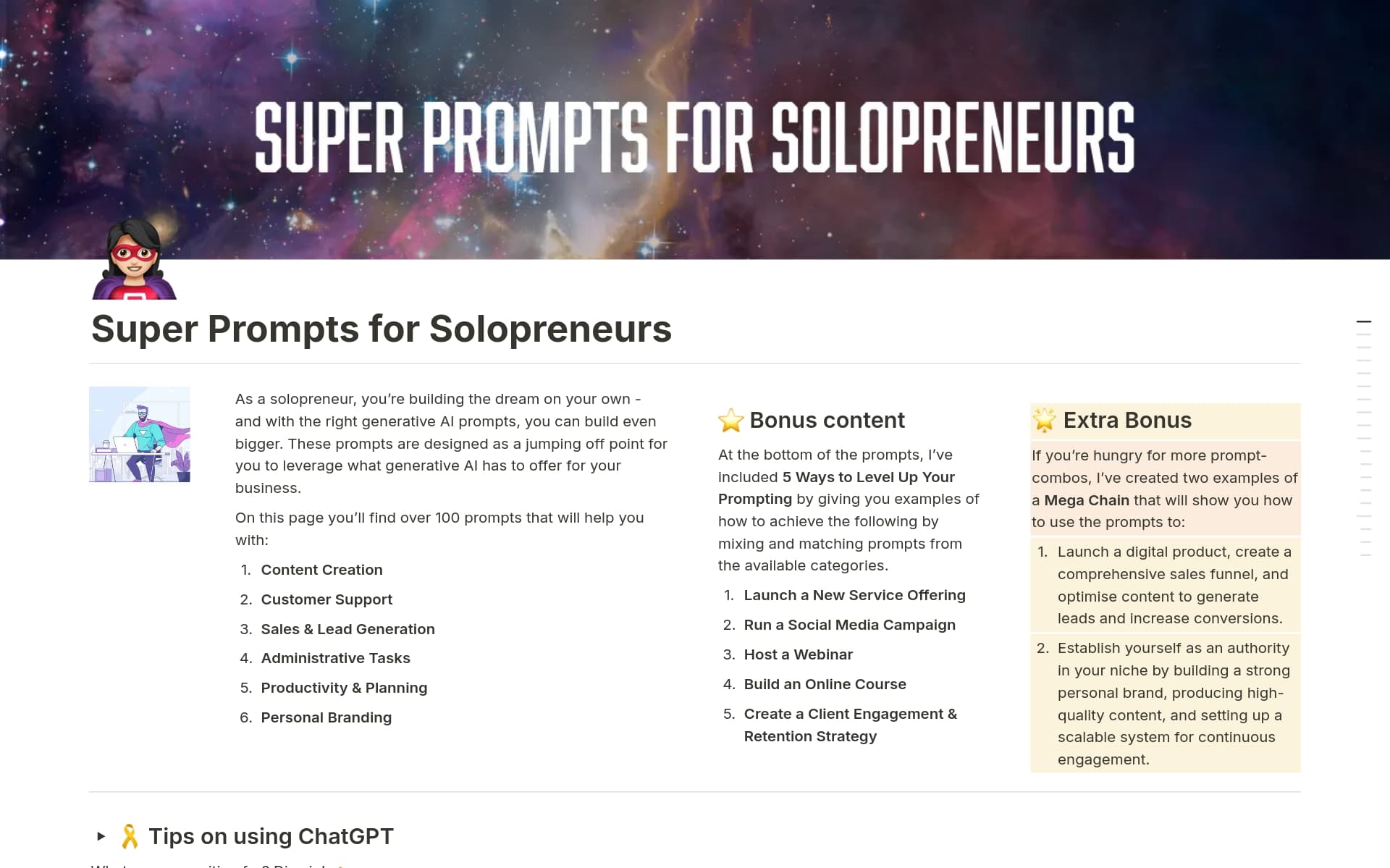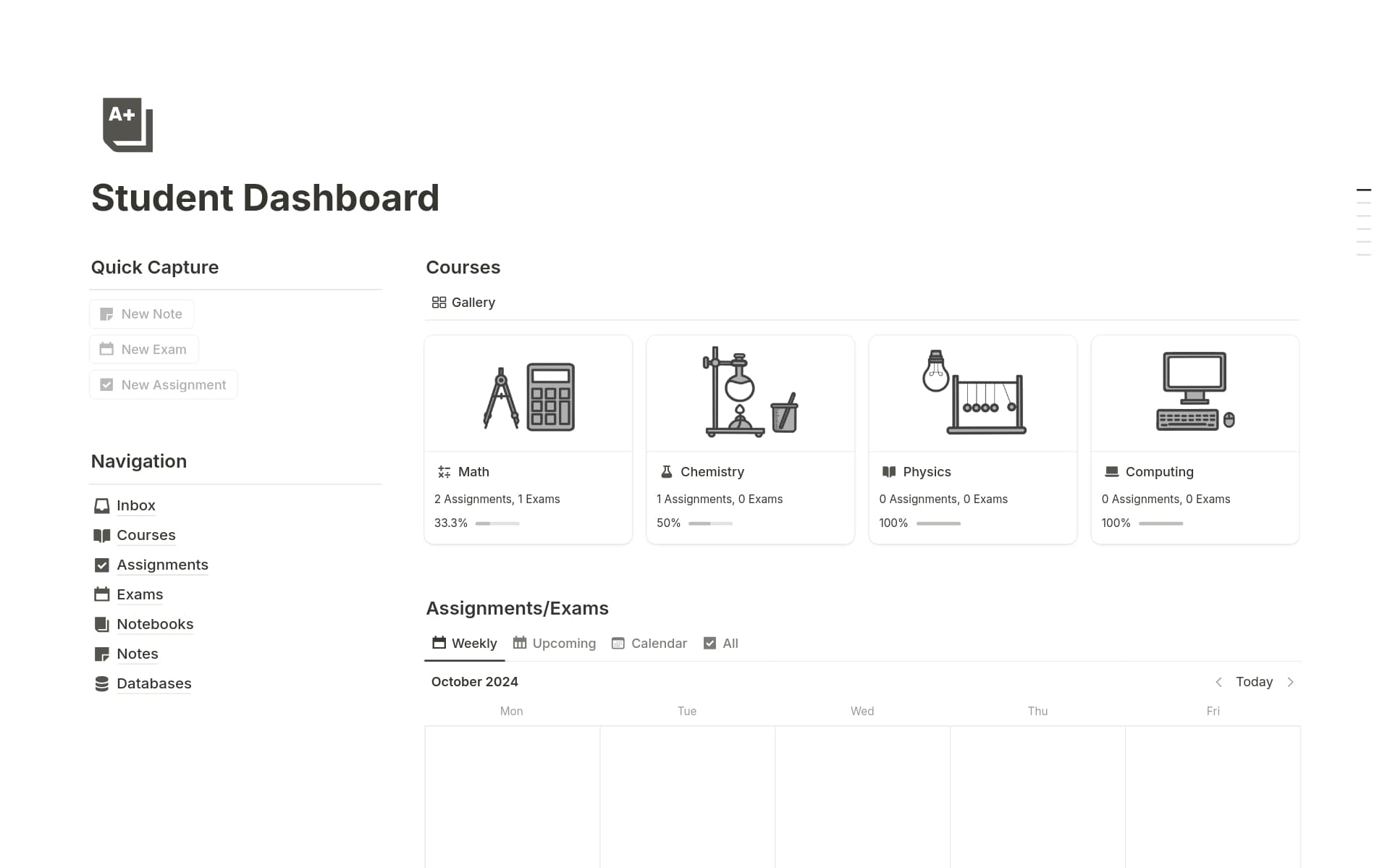Crafting a Problem Statement is crucial as it clearly defines the issue you are aiming to solve, ensuring that your efforts are focused and effective. It acts as a guiding light for decision-making and problem-solving, preventing you from getting sidetracked. A Problem Statement template in Notion can streamline this process, providing structure and prompting you to consider all necessary aspects of the problem.
Before you dive into creating your own Problem Statement, take a look at these Notion templates to simplify the process and enhance your clarity.
What Should Problem Statement Templates Include?
Choosing the right Problem Statement Template in Notion can streamline your project's initiation phase significantly. Here are key components to look for in an effective template:
Clear Problem Description: The template should have a dedicated area to concisely define the problem. This helps in maintaining focus on the core issue.
Impact Analysis: It should facilitate outlining the potential impacts of the problem, helping stakeholders understand the urgency and scale.
Stakeholder Identification: A section to list down all relevant stakeholders ensures that all perspectives are considered in the problem-solving process.
Objective Statement: There should be a clear, measurable goal that the project aims to achieve by resolving the problem.
Selecting a template with these components will ensure a comprehensive approach to problem-solving, setting a solid foundation for your project's success.
What Should Problem Statement Templates Avoid?
Choosing the right Problem Statement Template in Notion can streamline your project's initiation phase significantly. However, it's essential to be aware of certain elements that can hinder rather than help. Here are three key components to steer clear of:
Overly Complex Language: Templates filled with jargon or complex terminology can obscure the actual problem, making it hard for team members to understand and contribute effectively.
Excessive Detail: While detail is necessary, too much can overwhelm the initial stages of problem-solving. A template should offer a clear and concise framework, not an exhaustive data dump.
Rigid Structure: Avoid templates that don't allow flexibility. Problem statements often need to evolve as more insights are gained, and a rigid template can limit this necessary adaptability.
Selecting a template that avoids these pitfalls will ensure a smoother process for defining problems and setting the stage for innovative solutions.



